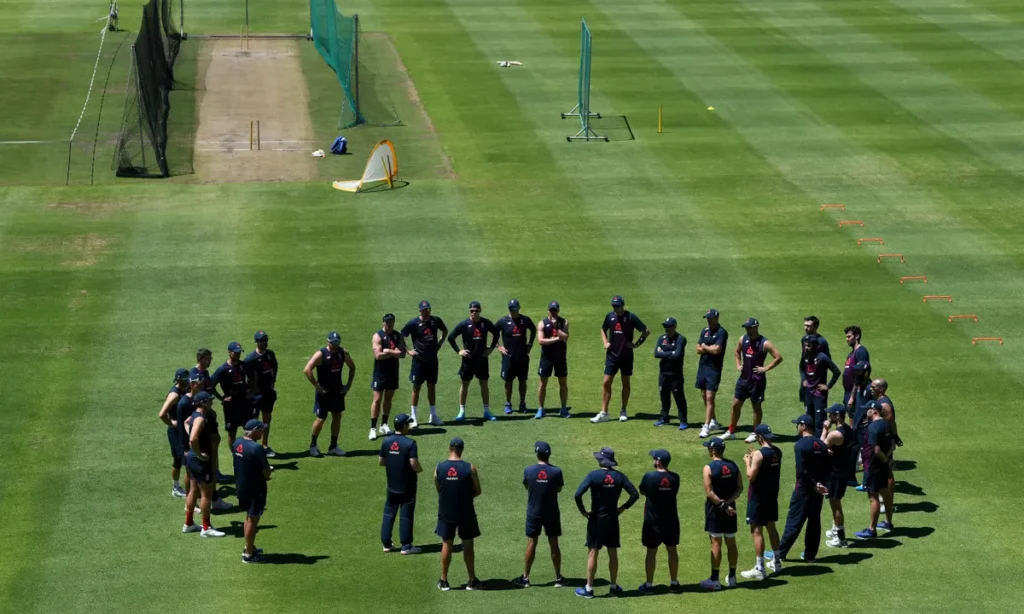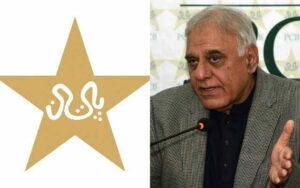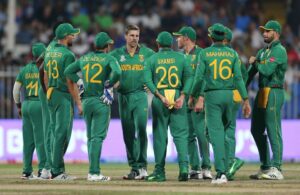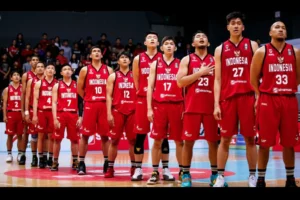England cricket visits to South Africa did not used to be expanded sleepovers

A philosophical inquiry: does England’s one-day global series in South Africa truly consider an abroad visit? The principal match happens on Friday, the keep going on the next Wednesday. Two of the games are at a similar ground in Bloemfontein and the other inside roadtripping distance – you can get to Kimberley in under two hours on the transport. It will be the briefest, smallest cricketing attack an England group has made to the country. Maybe, in a cutting edge time of peripatetic players and scaled down plans, any visit under seven days long could be renamed as an “mediation”, or conceivably an “expanded sleepover”.
Such a drive-by undertaking would have been a science fiction dream to the primary England group to make the excursion, in the nineteenth 100 years. At the point when Significant Robert Gardner Warton set forth from Dartmouth to Cape Town in 1888, with a party of seven beginners and seven experts, it was essentially a spearheading campaign. The likely imprudence of the undertaking is impeccably caught by Richard Repel and André Odendaal in their general history of England’s visits to South Africa, Swallows and Hawke, which was distributed a year ago.
Indeed, even at the level of a period “described by presumptuousness, self-importance, obliviousness and a relish for risk”, the principal cricket visit to southern Africa was an especially preposterous thought, say Repel and Odendaal. On the field, the hosts might not have been supposed to introduce an over the top test – the vast majority of the matches were played against chances for that very reason – yet the environment, distances, transport and generally speaking coordinated operations absolutely did.
Apparatuses were sprinkled with excursions of colossal length and uneasiness. A 13,000-mile full circle by liner, with adequate food and diversion, was extravagance contrasted with the movement expected between games. With the advancement of the railroads inside the Transvaal Republic restricted under President Kruger, the England group were expected to cover almost 800 miles of their visit by horse-drawn mentor or truck.
Charles Aubrey Smith, who captained the side and showed a style for the dramatic some time before he turned into a Hollywood entertainer, composed a striking report of the visit for the Athlete magazine; it incorporated a record of a 60-hour mentor venture among Kimberley and Johannesburg, every player wedged firmly against the following. “How we abhorred our neighbors whose elbows were constantly tracking down our ribs,” he composed. “How we mishandled those behind for crushing our backs with their knees.”
Indeed, even that stretch wasn’t quite as difficult as the leg to Pietermaritzburg, whose streets, as indicated by Warton, were “flung with huge rocks over which we knock savagely, until our heads and each joint of our bodies hurt”.
Either through idealism, lack of foresight or reckless mental fortitude, the group likewise endeavored the deceptive mountain passes of the Outeniquas in obscurity – until they almost lost their top hitter Bobby Abel over the side and Smith consented to call a stop until day break. On another event, a gathering of players had to direct a 10-horse mentor in a short-term storm subsequent to understanding the drivers were weakened through liquor and weariness.
Warton’s visit was a monetary failure, however essentially it didn’t end with its commander captured for non-installment of obligation as the accompanying one did. Assuming the primary visit appeared to be foolish, the administration of the second, drove by Walter Read two years after the fact, shows up practically capricious. When the players arrived on the Cape in December 1891, the kitty was at that point missing the £750 they owed for their boat’s entry.
Skipper Read and the visit chief, Edwin Debris, looked for crisis financing from a Scottish business visionary, James Logan, who had recognized cricket as a device for showcasing his business and expanding his social cachet in his embraced country. It was left questionable whether Logan’s development of £750 was a credit or venture; one way or the other, following 14 weeks of Perused’s unappealing, risk-disinclined brand of cricket, the groups had failed to show and Logan’s cash was no more.
In Realm, War and Cricket in South Africa, Dignitary Allen relates how Logan “expecting that he wouldn’t be reimbursed” had Perused and Debris kept en route to the boat that was to bring them back home to England. They burned through three hours in custody before their boat was at long last permitted to withdraw. In the year to come, Logan would win his lawful body of evidence against them in Cape Town’s high court and an appointed authority requested them to reimburse the first credit in addition to £107 in costs.
As Allen’s book illustrates, this “ethical triumph” demonstrated as viable a PR support for Logan’s standing as his underlying sponsorship of the visit and he proceeded to shape the early improvement of cricket in South Africa.







